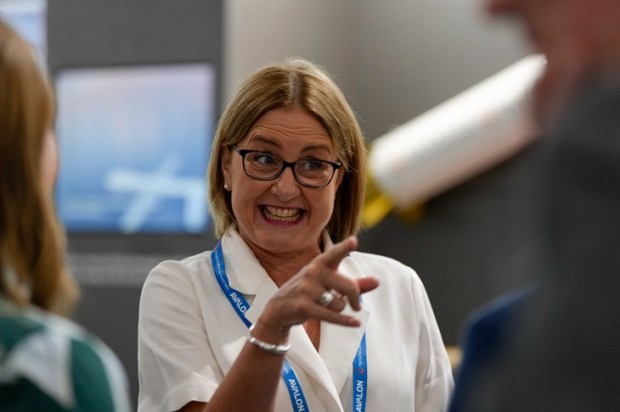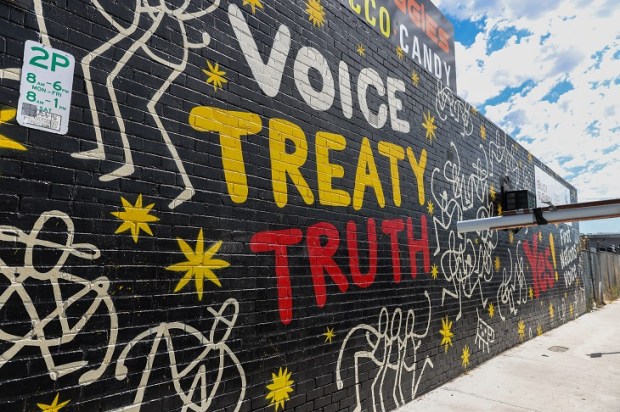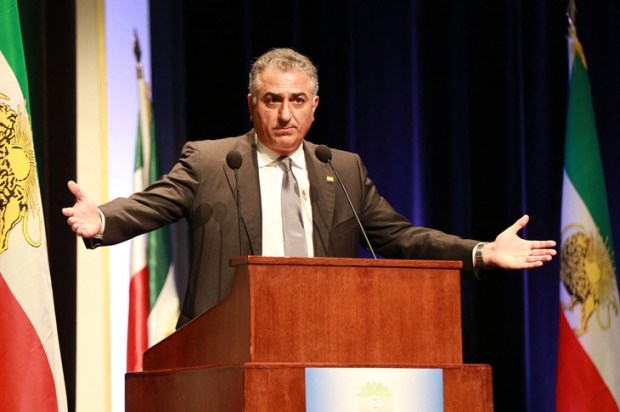The cars and utes are beginning to gather around the small, corrugated iron and weatherboard hall at the tiny township of Meringur. It is early evening in late spring 1953. As the families step out of their vehicles to stand around and chat, as country people do, there is a buzz in the air. The women gather together in one place whilst the men collect farther away and talk of crops and wheat and wool prices. We children just run around making a lot of noise as we always do.
I was almost eleven years old, but I still have the most vivid memories of this occasion. For this is not a normal Friday or Saturday night. There is an air of expectancy all around.
The ‘Picture Show Man’ is here for his monthly visit with his dusty ute carrying his projector and old trailer carrying his oily generator powered by diesel or kerosene, I can’t remember which. There is no electricity at Meringur and the chug of the generator throughout the evening is a price we have to pay for seeing the ‘pictures’ at all. No one called them ‘movies’ in those days.
Because there are so many men here tonight, the Picture Show Man has had a lot of help to haul his projector up to the hall’s projection loft using block and tackle. He starts the generator and a few dim lights come on in the hall and the supper room at the back.
Whilst we are impatient for things to start, there is no hurry, for we still have plenty of time. The hall has no blinds or curtains on its windows, and everyone knows that the shows cannot start until it actually gets dark. The women in the CWA go to the supper room and start setting things up for the cakes and tea that are served at interval. These preparations are unusual. A normal picture night might have some biscuits and tea, or lollies and cordial for the kids. Not tonight. A much more lavish interval, with scones and cream sponge cake is being prepared.
More vehicles keep arriving and it is clear that there will be a full house for tonight’s show, quite different to the normal half-full hall. The post-second world war wheat and wool boom is underway and the farming families have not had it so good for years. Before that, there were many years of drought, poor prices, and the war. As a consequence, lots of new cars: Fords, Chevrolets, Dodges, Plymouths, and even a couple of Jaguars pull up. There are also some early Holdens… They were very hard to get, and the dealers were making money, not only from car sales, but also from ‘organising buyer’s positions’ on their waiting lists. The car, truck, and agricultural equipment dealers in Mildura, 100 kilometres east, were all doing very well indeed.
At last, the sun was setting, and we could all troop into the hall for the show. Even in the poor lights from the generator, it was obvious that this was no ordinary evening. Our mothers were dressed in their best frocks with high heels, makeup, jewellery, and their hair styled to a level not usual for a night when Picture Show Man came. The men were also dressed up, probably at the insistence of their wives, I think, looking back. They wore sports jackets and slacks, some even wore suits and as, was then the custom, most wore ties. My sister and I were required to wear our ‘good clothes’ and have our faces washed and hair done to mum’s satisfaction before we could come.
The hall was packed, and we children were forced to sit or lie on the floor right up near the stage on which the small movie screen had been rolled down from the props. Luckily my mother insisted that we brought a travelling rug and a couple of pillows for my sister and me. Just before things started there was a scramble of parents dashing out to retrieve rugs or even wheat bags from their car boots for children to sit on.
So, what was the occasion? What was so important that it would bring almost every family in the area, all dressed up in their jewellery and good clothes to watch?
The Picture Show Man was going two show the two documentary films of the Coronation of Queen Elizabeth 11 at Westminster Abbey in June 1953! All this farming community on the edge of the outback saw the Coronation to be of such the importance that they all came to see it. The King or the Queen played a hugely important place in their lives.
One film was made by the BBC, and I think it was shown first. The film was in the new technicolour. Previously most films were in black and white. But in technicolour, the pomp, colour, and ceremony of such an occasion, which the British do so well, was seen by us for the first time. As the Queen’s horse-drawn gold Royal Coach moved down the Mall accompanied by Grenadier Guards in their red jackets and black bearskin hats, and with the Lifeguards and Blues and Royals cavalry trotting alongside on their magnificent horses, young boys like me were entranced.
When the film moved into Westminster Abbey and the young Queen came down the aisle accompanied by her entourage, there were gasps from the audience. As she sat on the throne and the Orb and Sceptre placed in her hands, the Crown placed on her head, and her royal robe draped around her, she looked small, beautiful, and very regal. The whole audience was silent in admiration. As she left as a coronated Queen, the audience stood and clapped. I looked backwards and could see many of the mothers were crying.
Then the lights came on and it was interval. The audience was at first a little subdued, somewhat overcome by what they had witnessed. Cakes and tea for the parents and lollies and cordial for the kids was dispersed. Out in the carpark someone had produced beer kept cold in icepacks for the men, so most of them went outside. There was no hotel or policeman in this little township, so they all relaxed and enjoyed their beer. It would be another twenty-three years before the 0.05 blood alcohol limit was introduced for Victorian drivers.
After interval, we were shown the second movie of the Coronation. This was made by the J. Arthur Rank film corporation. The quality of the technicolour was vivid, and the commentary was given by the famous English actor Sir Laurence Olivier. It was more dramatic in its presentation and there were still gasps from the crowd as notable or beautiful things occurred. With the late start because of the wait for sunset and the lengthy interval this was a very late night. My little sister was sound asleep on the rug beside me. For myself, I could not take my eyes off the screen. At the end, once again, the audience stood as one and applauded.
Afterwards, the men helped the Picture Show Man to repack his equipment, and many shook his hand to thank him for bringing these films to Meringur. Our mothers stood around discussing how beautiful the Queen looked, how young she looked, and the fashions they saw in the audience. Many were crying. Then cars were started, sleeping children put on the back seats, and we all went home. Interestingly, I cannot recall the chug of the generator during the whole night.
There are some aftereffects of this night that I still think about, and which have been magnified by the Queen’s recent death.
The short-term effects were seen in the next few days.
Women at the little country post office or the general store were still teary-eyed discussing the films. They talked about the fashions they saw on the screen and the Queen’s youth and beauty.
At the grain silo, the post office, or Fox’s garage, crusty farmers (back in their rough working clothes) were also talking about it: ‘great spectacle’, ‘that little Queen is terrific, hope she does well’, ‘the British do these things well, don’t they, I saw it there at the end of the war’, ‘wife got a bit teary about it all’. A main topic of discussion was about which film was best and J. Arthur Rank seemed to be the clear winner.
At school, we young boys were most taken in by the Grenadier Guards, the cavalry Lifeguards, and the Blues and Royals. On the following Monday morning, we all sang the National Anthem at assembly, and we all said afterwards that ‘God save the Queen’ just didn’t sound right after we had all been brought up singing ‘God Save the King’.
Longer term, the impact has been magnified by the Queen’s recent death.
Two overriding thoughts remain:
First, the extraordinary importance to this farming community way out in the far northwest of the Victorian Mallee of Queen Elizabeth 11 and her coronation. It was a strong Lutheran community and quite a few farmers were of German descent, and yet they all came. And they talked about it, men and women, for weeks afterwards.
Second, how it remained such a vivid recollection in my mind as an eleven-year-old and is still there nearly seventy years afterwards. It caused me to tie two black ribbons on my front door on the day of Her Majesty’s death and they will remain in place until after her funeral.

























